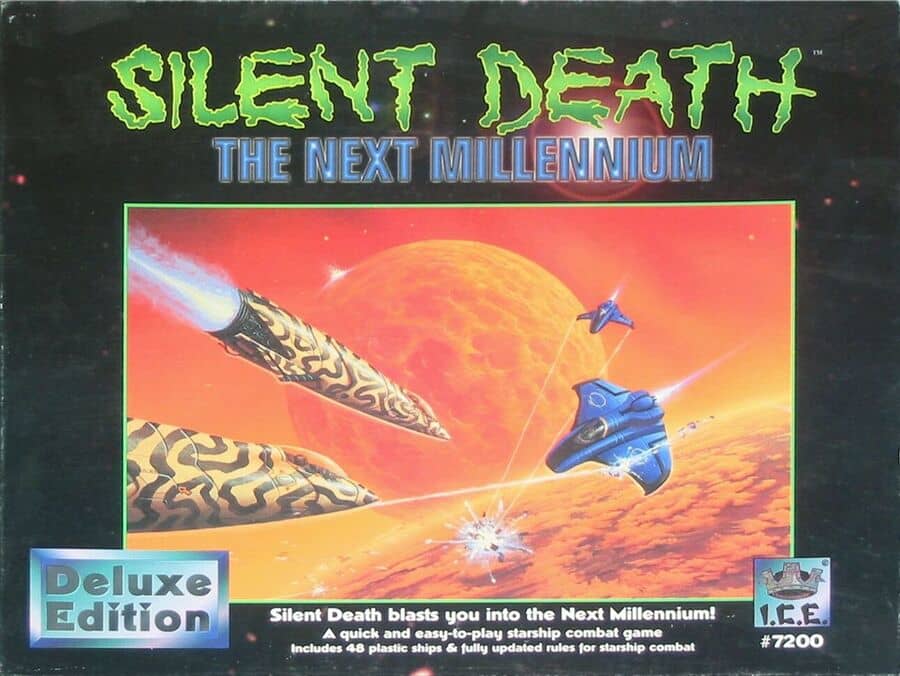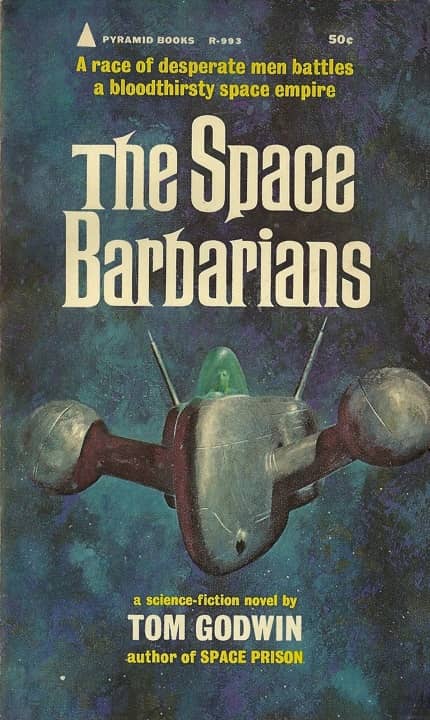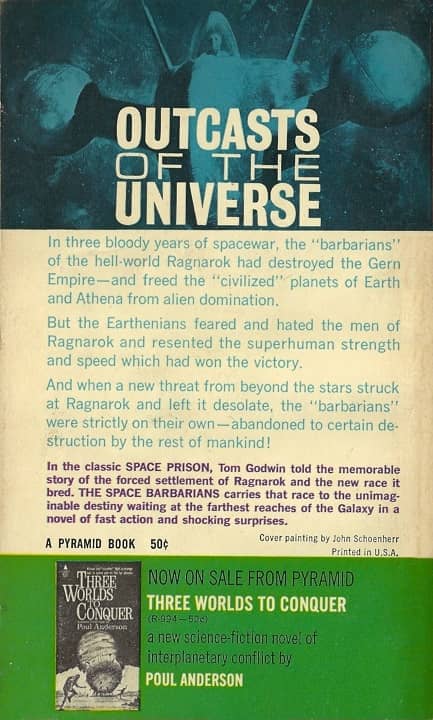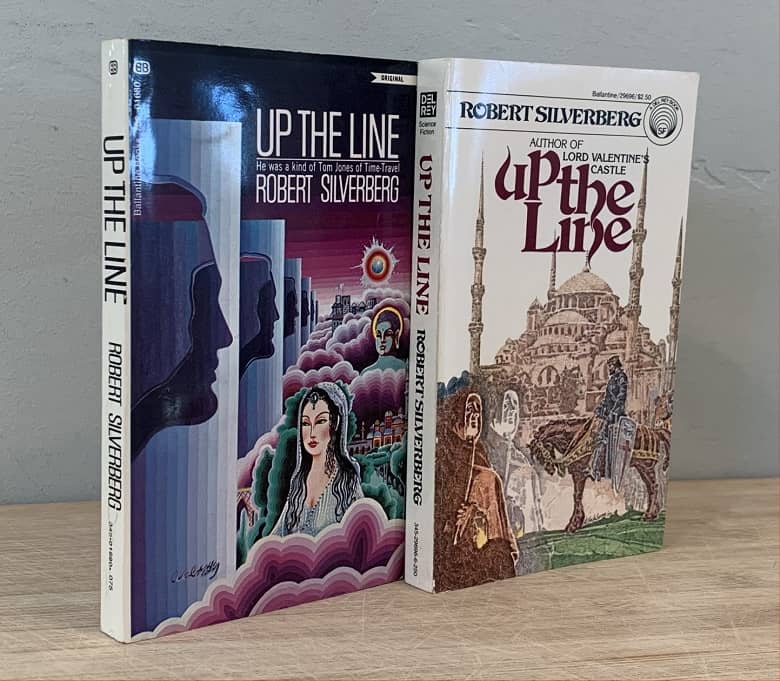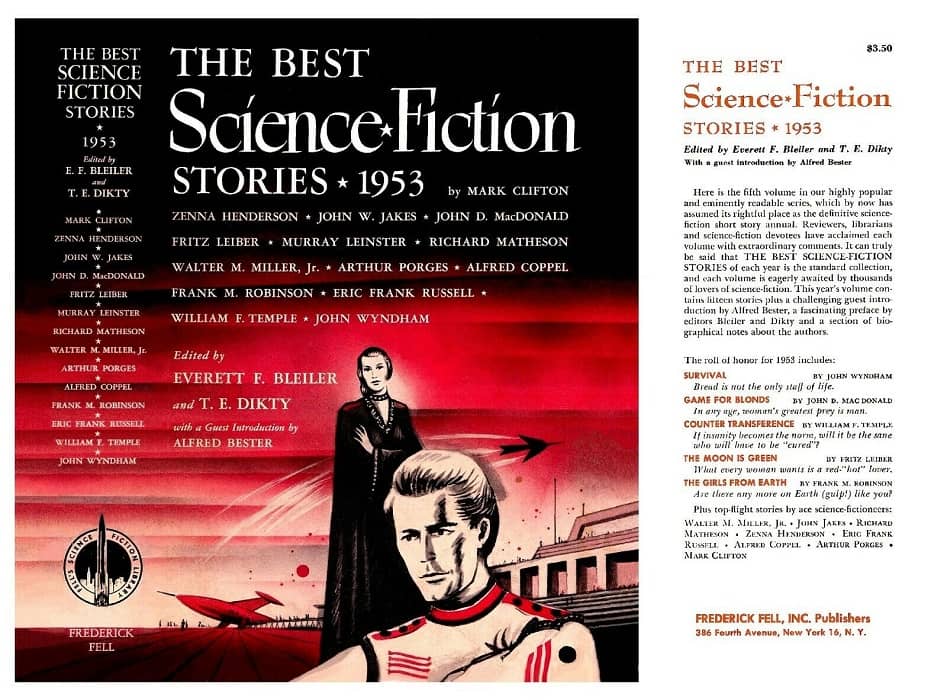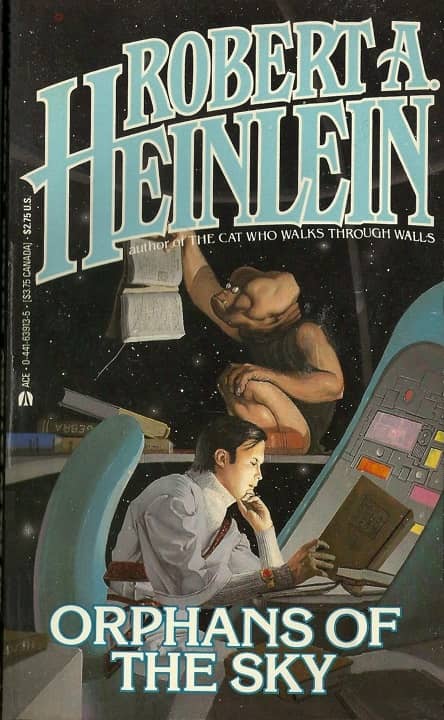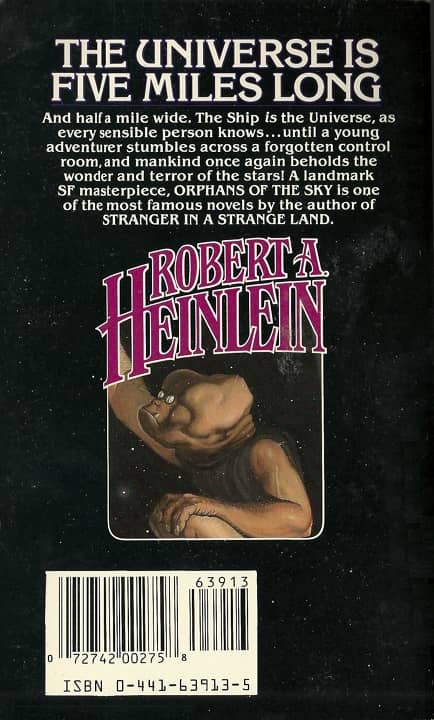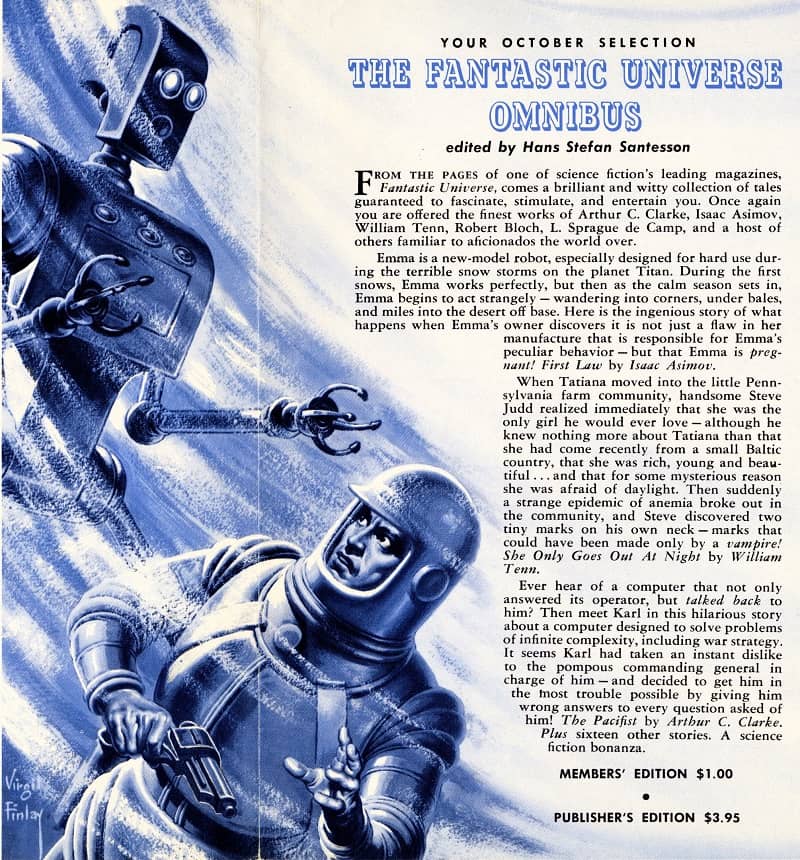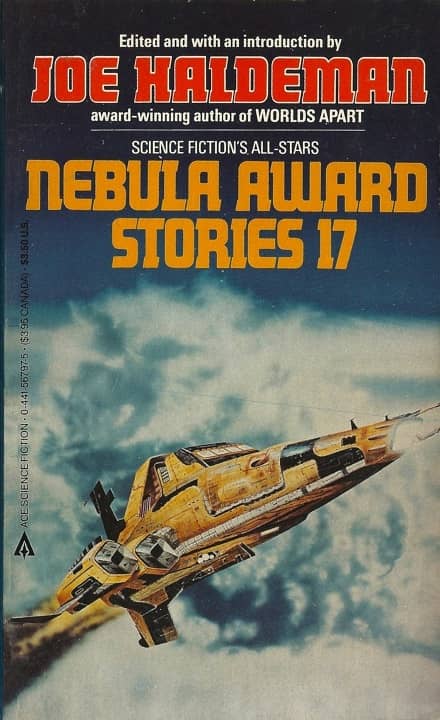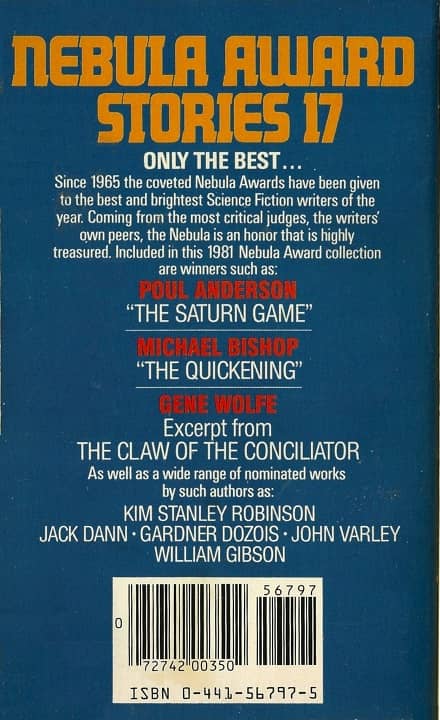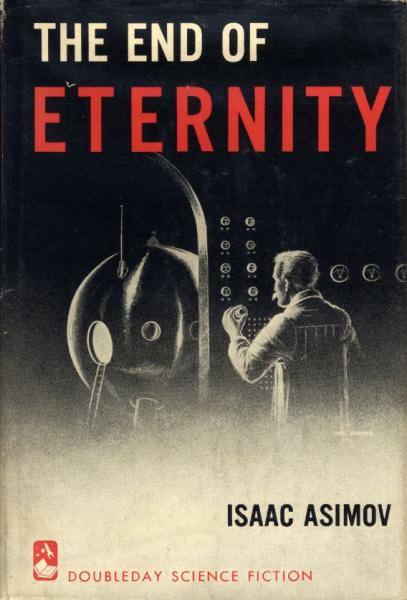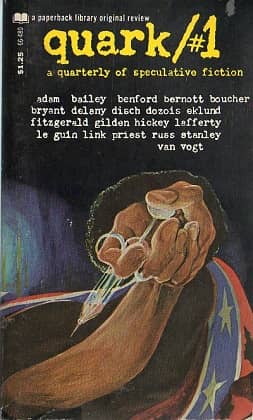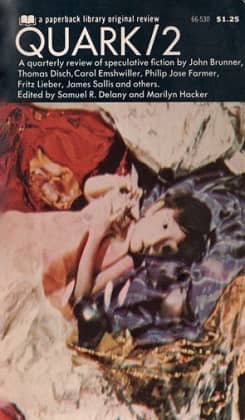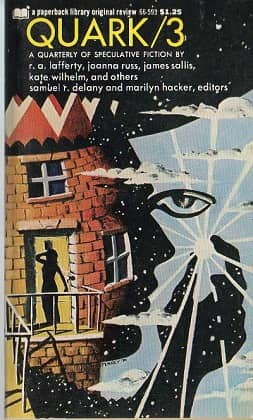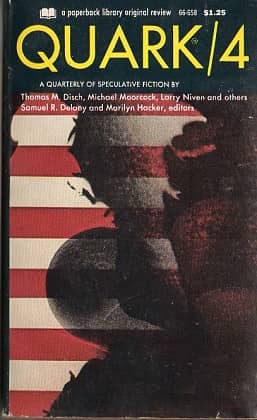An Inaudible Blast from the Past: Silent Death: The Next Millennium (Part II)
Silent Death: The Next Millennium Deluxe Edition (ICE, 1995). Cover art by Kevin Ward
In Part I of this two-part series on the iconic space combat miniatures game Silent Death – Metal Express, published by Iron Crown Enterprises (I.C.E.) in 1990, I discussed the game’s history and basic mechanics. Due to various factors, I.C.E. ceased production of their original Silent Death – Metal Express game after the Night Brood expansion was released in 1992. Part 2 discusses what happened after that decision.
ICE took the bold move to reboot Silent Death rather than try and fix it through further expansions. In 1995 a new version, Silent Death: The Next Millennium (TNM), hit the shelves. By all accounts it was an immediate hit that saw a number of reprints over the next few years. The Deluxe Edition box set was impressive, including a huge rulebook that revised and expanded the original rules while providing the balance that the punters craved. It came with 48 plastic miniatures with revised ship designs as well as much of the same setup paraphernalia as the original game box.
On a personal level I found the whole reboot somewhat vexing. Having invested a lot in the original game, I was super upset that it and all it stood for had been swept aside. TNM had also become expensive beyond my reach. So for the next few years, apart from the occasional nostalgic game using the original rules, Silent Death took a back seat for me, until my finances improved and I discovered eBay some years later.
While ICE pursued a vigorous publication schedule, things were far different. The expansions they’d planned for the original game were revised and released in quick succession, while numerous additional supplements followed. Silent Death: The Next Millennium went from strength to strength. The last official expansion for their flagship science fiction RPG SpaceMaster was released in 1994, and Silent Death appears to have taken up the slack and continued to expand on what had come before.
